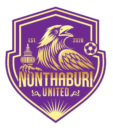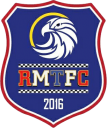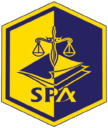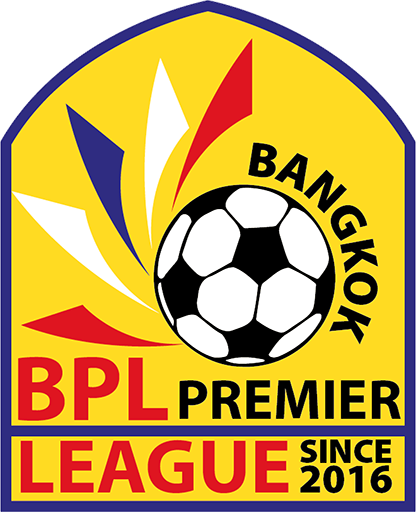The first step to successful VDR and document management is selecting a platform which allows users to customize the experience, including the ability to employ their own brand. This ensures that your team is familiar with the solution and feels right at home working in this. A good end user experience reduces friction and increases attentiveness, speeding up effort Private Data Room vs Managed Data Service and decision making.
The next step is establishing a file structure and naming tradition that will work through the platform. Caplinked users might take advantage of two quick tricks to speed up this procedure: strip the index — a feature that avoids merging Windows folder numbering together with the dynamic indexing assigned to data in the info room; and batch-rename records and directories. These simple steps conserve staff countless minutes throughout a deal.
As soon as the VDR has been configured, it’s extremely important to set up permissions that echo your organization’s needs and enable you to path and revoke access without notice. A good VDR will also present granular control of what a end user can perform with a particular file or folder, just like whether they may download, art print, or edit it. It will also track previous versions of documents, enabling you to revert into a previously saved type if needed.
Finally, make sure that your VDR provides a robust search functionality which can find however, most buried or obscure files within the database. A VDR with advanced search capabilities — like boolean queries, clustering and stemming — will help your users stay organized simply by reducing the time they spend searching for the data they need.





















